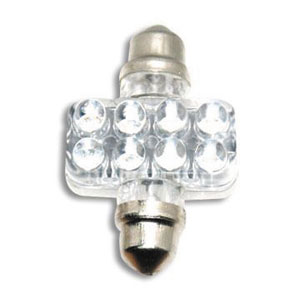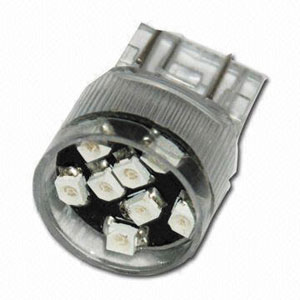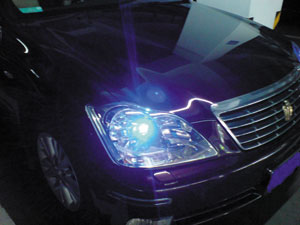Automotive Headlamp Technology Has Come a Long Way
2009/10/08 | By CENS | SHENZHEN AUTIC INDUSTRIAL CO., LTD.Automotive lighting occupies a significant niche in the lighting market, consuming some 10% of the total lighting-source output worldwide. Auto headlamps have evolved greatly since the 1880s, when they actually burnt oil. The 1924 Bilux bulb was the first modern incandescent unit capable of emitting both low and high or main beams of a headlamp. The standardized 7 in (178 mm) round sealed-beam headlamp was introduced in 1940, and was soon required for all vehicles sold in the USA. The first halogen headlamp for cars was introduced in 1962 by a consortium of European bulb and headlamp makers. Such headlamp increases the efficacy (light output for given power consumption) of an incandescent lamp. High-intensity discharge systems were introduced in 1991's BMW 7-series. European and Japanese markets began to prefer HID headlamps, with as much as 50% market share in those markets. HID systems are gradually becoming more popular in North America, with many plug-and-play systems available as replacement upgrades. The first modern polyellipsoidal (projector) automotive lamp was the Super-Lite, an auxiliary headlamp produced in a joint venture between Chrysler and Sylvania and optionally installed in the 1969 and 1970 full-size Dodge cars.
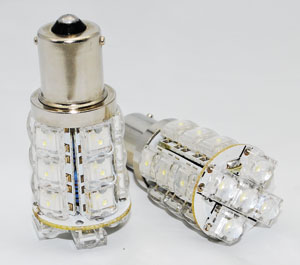
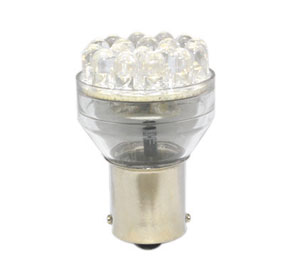
HID auto lights consist of three main parts: a miniature HID bulb, an electronic ballast to control the current to the bulb, and a sophisticated housing. HID headlamps boast multiple merits compared with sealed beams or halogen counterparts. HID headlamps are much brighter, so can enhance driving safety, as well as burning less power than halogen lights, hence more economical. Also HIDs average 2,000 hours in longevity compared to 450 to 1,000 hours for halogen lamps. Moreover, the compactness of HID headlamp allows more freedom in auto-body design. But HID headlamps are far more expensive than halogens, and have been shown to have 40% more glare as well.
